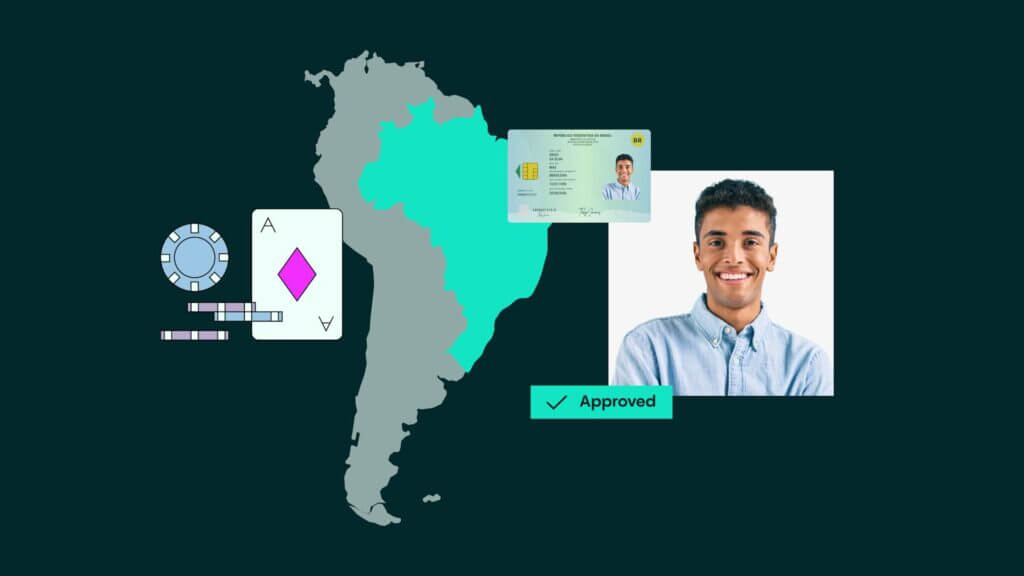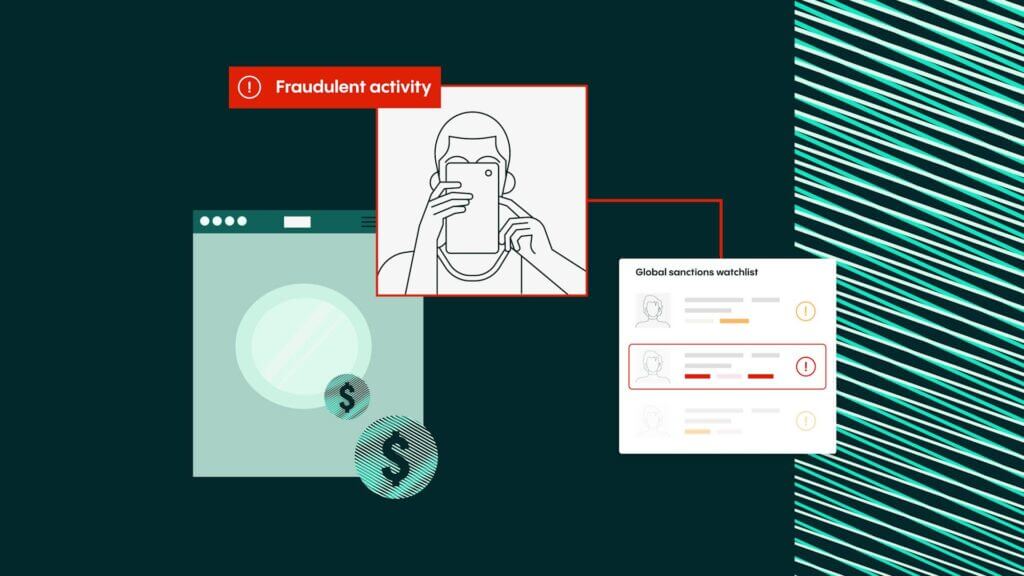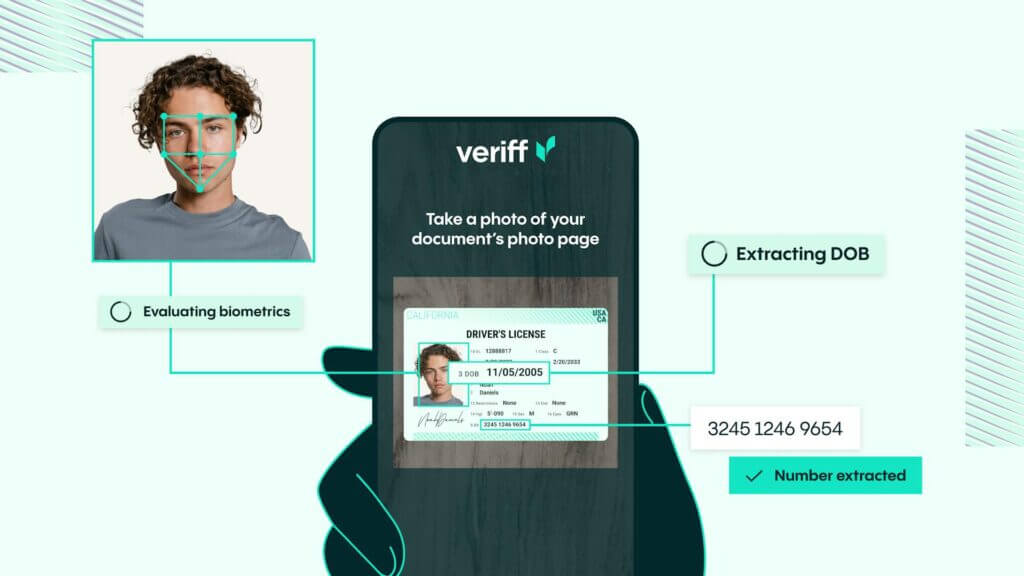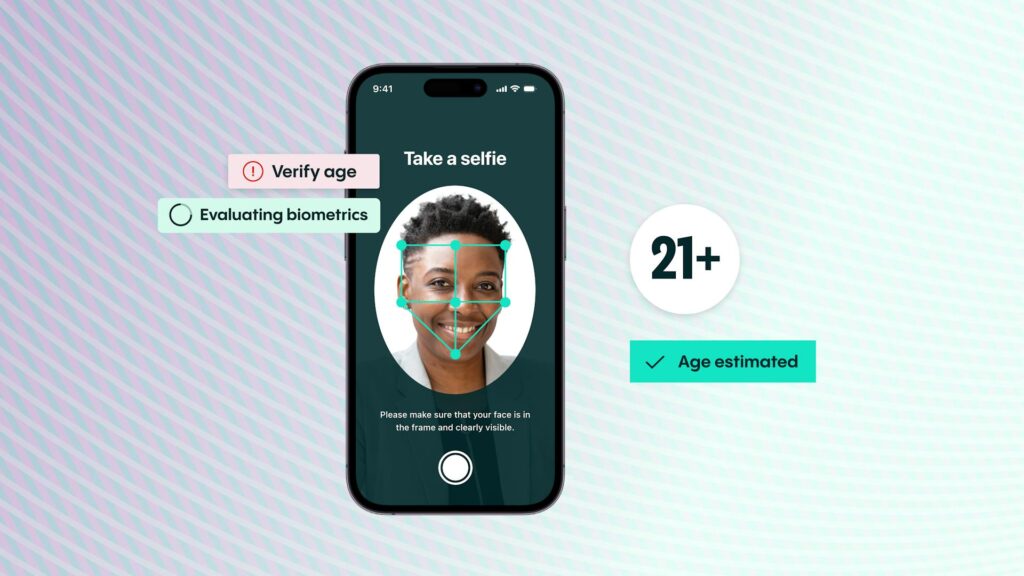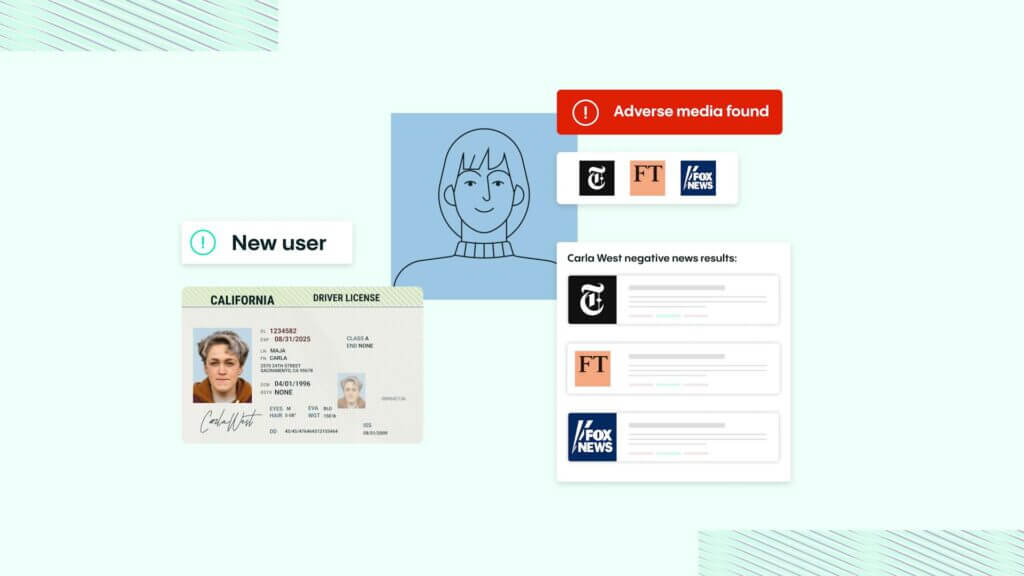KYC Article
The Know Your Customer challenges neobanks must overcome
Discover why challenger banks need a step-change in KYC processes – and why selfies are the answer.

Fintech companies and digital banking have revolutionized money management for today’s customers, offering greater access to products and services. Debit cards, checking and savings accounts, and credit cards are no longer the sole preserve of traditional banking with physical branches.
Many contemporary neobanks offer customers the ability to have banking accounts with no minimum balance requirement and zero overdraft fees. Chartered banks offer mobile apps, while several digital-only banking platforms provide services for well over a million customers worldwide.
However, customer verification has been a major challenge for banks ever since they were first invented. Fast-forward to the new era of neobanks, with their need for safe, secure, and super-slick digital customer interactions, and the verification challenge has grown exponentially.

Online-only banks must walk a tightrope, complying with strict Know Your Customer (KYC) law on one side, while reducing customer experience friction to an absolute minimum on the other.
Online-only banks must walk a tightrope, complying with strict Know Your Customer (KYC) law on one side, while reducing customer experience friction to an absolute minimum on the other.
If customer onboarding (AML & KYC) is too long-winded, admin costs will rack up and customers will vote with their feet and bank elsewhere. If the process is insecure, neobanks risk security breaches, reputational damage, loss of business and serious sanctions – including hefty fines – from financial regulators.
Neobanks that can successfully walk this KYC tightrope, however, have a golden opportunity to excel in a sector that is ripe for disruption.
Taking the KYC process pressure off customers
Banks have traditionally responded to the KYC challenge by expecting their customers to memorize answers to stock security questions – their favorite food, first school, mother’s maiden name, credit card transaction history, etc.
This approach, known as Knowledge-Based Authentication (KBA), is fatally flawed, however. According to Forbes magazine, as long ago as 2015 Google found that only 47% of people could remember what they had put down as their favorite food a year earlier, and hackers could guess the right answer 20% of the time.
And now, as we share more of our lives online and sophisticated cyberattacks make personal data freely available on the dark web, KBA is even easier to compromise. For example, health insurer MediBank was hacked recently, with four million customers’ personal data stolen, including names, addresses, dates of birth and even insurance card numbers.
Fast decisions
A 98% check automation rate gets customers through in about 6 seconds.
Simple experience
Real-time end user feedback and fewer steps gets 95% of users through on the first try.
Document coverage
An unmatched 12K+, and growing, government-issued IDs are covered.
More conversions
Up to 30% more customer conversions with superior accuracy and user experience.
Better fraud detection
Veriff’s data-driven fraud detection is consistent, auditable, and reliably detects fraudulent forms of identification.
Scalability embedded
Veriff’s POA can grow with your company’s needs and keep up with times of increased user demand.
Why selfies are the answer to KYC in banking
In the fight against financial crimes, customer due diligence is a vital component of any financial services organization’s KYC compliance program. To comply with anti-money laundering (AML) laws, organizations must be able to execute customer identification programs (CIP) and enhanced due diligence (EDD) procedures. CIP requires organizations to identify customers, verify their identity, and assess the risk associated with them.
EDD, often used to assess high-risk or high-net-worth customers, requires additional measures to help ensure that customers are not engaged in illegal activity such as money laundering. This includes screening customers against publicly available lists of sanctioned individuals, obtaining detailed customer information and conducting ongoing monitoring of customer accounts. If a financial services firm is unable to properly verify the identity of a customer, then the KYC requirements – for instance, to prevent money laundering – are not met, potentially opening the door to suspicious activity.
Forward-thinking neobanks are now raising the bar by ditching KBA in favor of identity verification (IDV). This far more secure approach involves the customer taking photos of government-issued identity documents (such as a driver’s licence and passport) and then taking a selfie of themselves in real time. Market-leading IDV solutions can complete this verification process in just six seconds.
IDV means no laborious form-filling by the customer, no manual processing by the bank and no more long wait times for either party. Customers are also spared the friction and frustration of being locked out of their accounts because they’ve forgotten key KBA data – an outcome that tarnishes a neobank’s brand as well as their customer experience.
Veriff’s IDV solution goes even further, seeking explicit permission to record customers using their device’s camera during the verification process. This makes it even more difficult for criminals to provide fraudulent document data or fake live verification.
Forrester recently analyzed the impact of a company partnering with Veriff, calculating factors such as return on investment and impact on fraud risk. The research revealed that:
- Revenue lost to fraud was cut by 20%, saving the company $7.4m over three years.
- It also enjoyed customer experience benefits valued at $18.4m by Forrester over three years, and a total return on investment of 195%.
- The neobank could save $11m over three years, thanks to efficiencies linked to automation.
The KYC benefits of switching to identity verification
Neobanks have taken much of the strain out of day-to-day tasks like setting up a bank account, but they can fall victim to the financial crimes which have targeted traditional banks for many years. Financial institutions must counter the work of bad actors, such as money laundering and terrorism financing, in order to prevent reputational damage and protect customers.
As a result, it is vital for organizations to act on up-to-date regulations, KYC procedures, and verification processes, issued by watchdogs such as the Financial Action Task Force (FATF) and other global regulatory bodies. As fraud and suspicious activities evolve, the need to have a scalable KYC compliance and anti-money laundering (AML) strategy grows.
It is clear that neobanks have many KYC challenges to overcome as they continue to innovate and disrupt the financial services sector. Customers expect speed, convenience, and peace of mind, while governments demand legal and regulatory compliance. Neobanks must do all of this while protecting precious margins by increasing the speed and efficiency of KYC processes.
Leading IDV solutions deliver all of these requirements and more, reducing fraud risk and converting more customers through an onboarding process that takes just seconds.

Download report
Discover more about how IDV is helping businesses to optimize their KYC processes.







